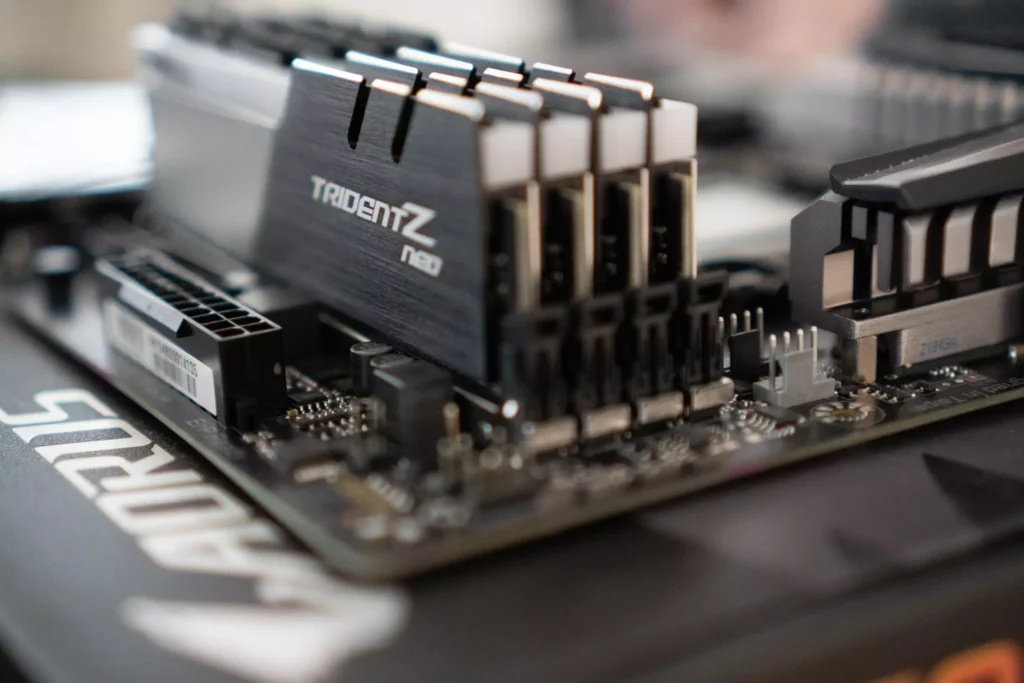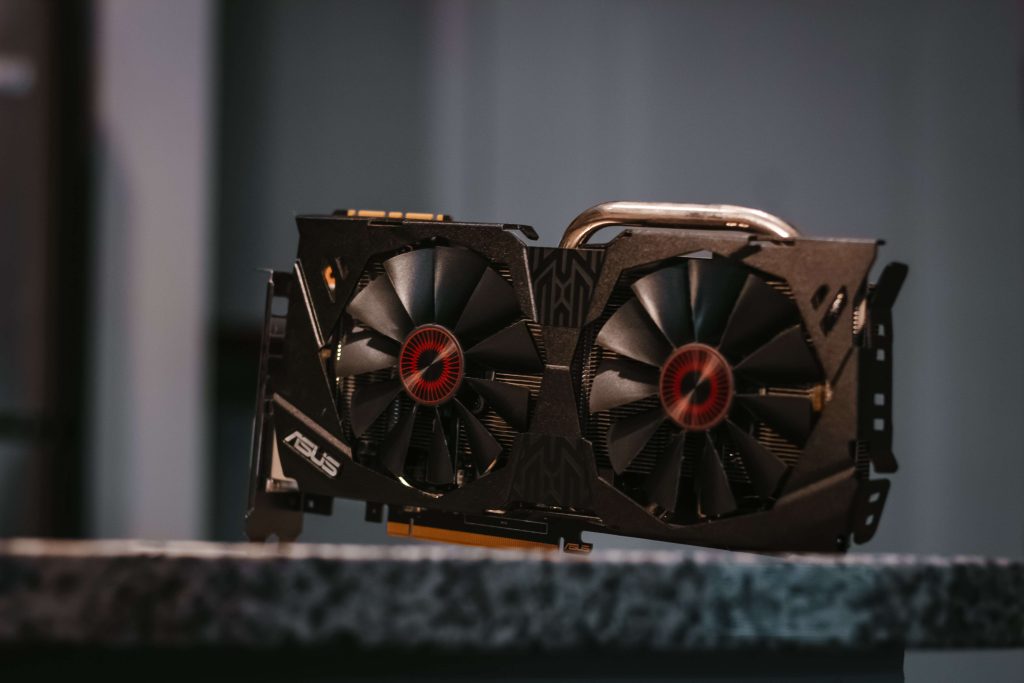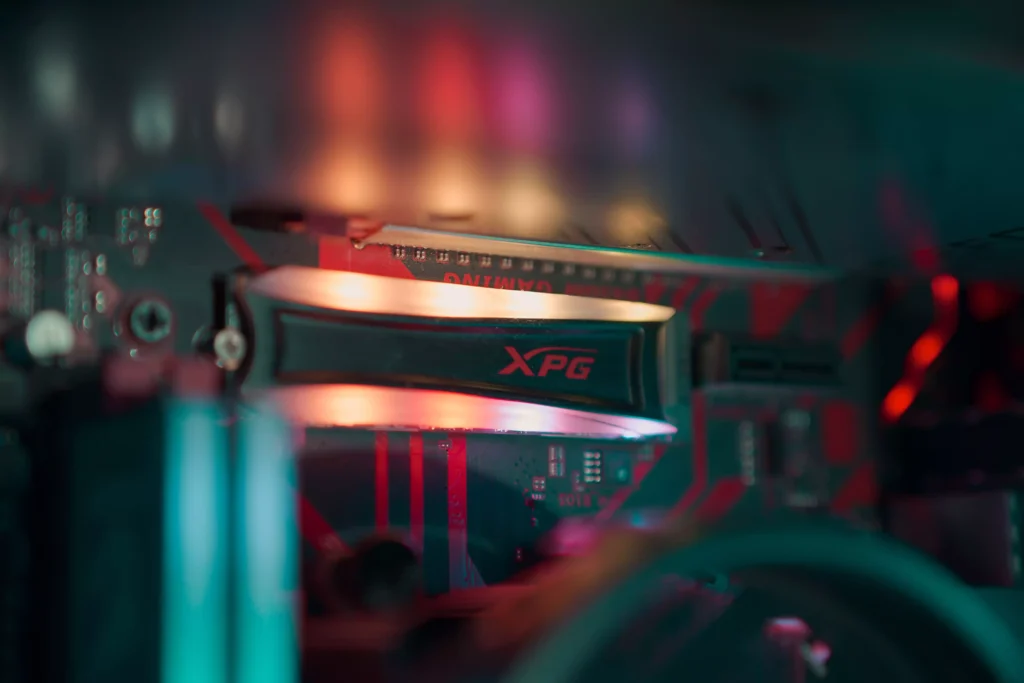More RAM always equals faster PC performance, right? Well that’s not entirely accurate. There’s other factors to consider as well when upgrading your PC to improve its performance. We have outlined the best tips for buying RAM in this article. First of all, what is RAM? Random Access Memory (RAM) is the component of your computer, also referred to as memory, that temporarily stores data which the processor needs to easily access or for immediate use.
Let’s have a look at these tips for buying RAM.
Featured photo by Luan Gjokaj on Unsplash.
16GB of RAM, the sweet spot
16GB is sufficient enough for gaming and basic productivity tasks especially if you have a dedicated graphics card. If you’re looking to build a budget friendly gaming PC (entry level gaming PC), you can get by with 8GB of RAM. If you want to focus on high end productivity tasks like video editing & graphics design you should definitely get RAM from 16GB upwards. Another reason why 16GB is the sweet spot is its pricing.
You should get RAM with clock speeds that your system supports
Clock speed is measured in Megahertz (MHz). If your system supports 2666MHz and you get a RAM stick that runs 3600MHz, the computer won’t fully utilize the RAM.
‘Reroute’ your purchase
If you have a dedicated graphics card, sometimes buying a better RAM stick does not have the impact you wanted. Dedicated graphics cards usually have their own VRAM some 4GB, some have 8GB. This means that if you have at least 8GB of RAM plus a dedicated graphics card, instead of upgrading the RAM first, you could opt to use that money to get an SSD if you only had HDD before or getting a better graphics card.
RGB lights on a graphics card doesn’t make it faster
Getting RAM with RGB lights is a choice of aesthetics not necessarily improved performance.
Using multiple RAM sticks on your PC?
If you are planning to use more than one stick of RAM, make sure that you get RAM sticks with the same specs/configurations (speed, capacity, timings…).

Check the number of DIMM slots available on your motherboard
Unless you want to buy more RAM sticks than your motherboard has slots for, you can check so that you’re sure of the number of RAM sticks you want to buy.
Check form factor when you are buying RAM
While still on the topic of DIMM (Dual In-line Memory Module), you should check which RAM form factor you are buying for. It should be the same as the one your machine supports. The two main ones are DIMM / UDIMM(Unbuffered DIMM) for desktops and SO-DIMM (Small Outline DIMM) for laptops. There is MicroDIMM which is used for smaller computing devices. Desktop motherboards won’t work with SO-DIMM memory and vice versa with the laptop motherboard.
DDR Generation
Another important factor to consider is the Double Data Rate (DDR) generation on your motherboard. If your motherboard supports DDR4 get DDR4 RAM sticks. Get the same generation of DDR as your motherboard.
Have we left out any other tips for buying RAM? Let us know in the comment section. Also, you can click here for more articles related to gaming.



